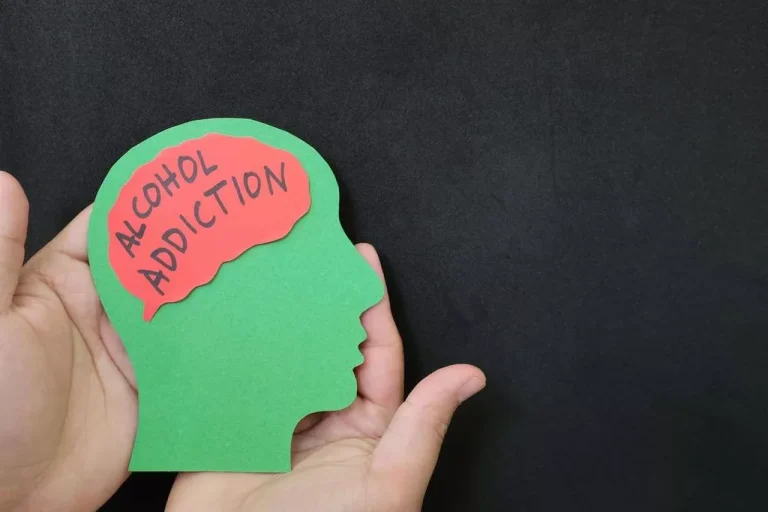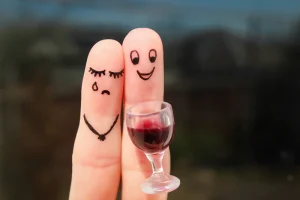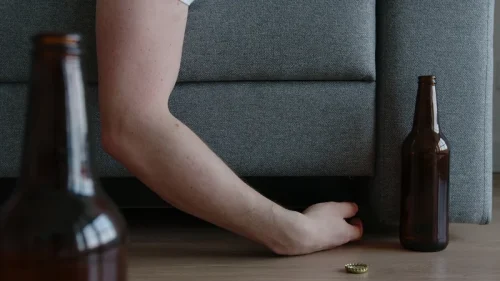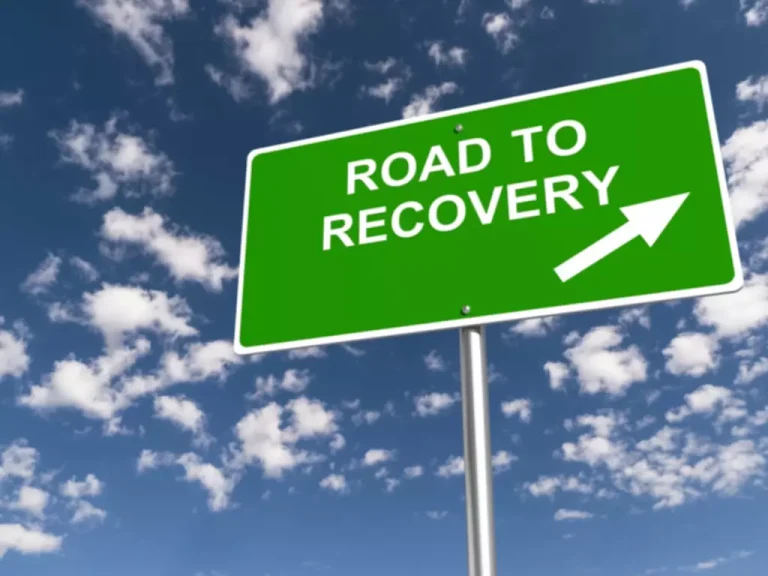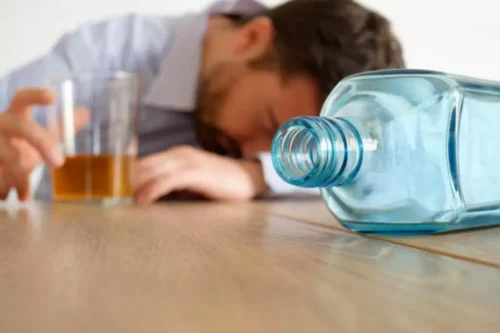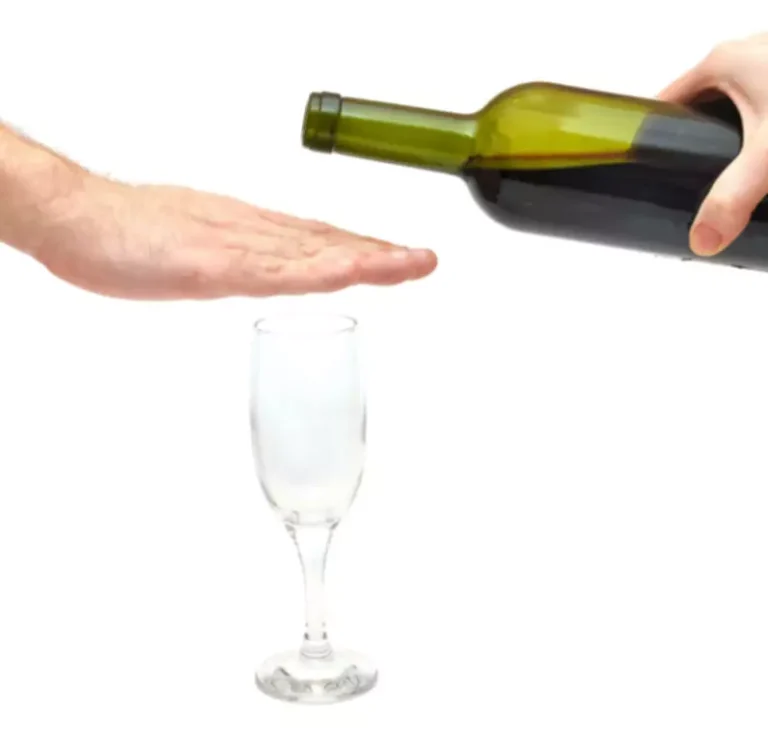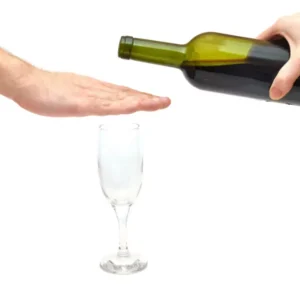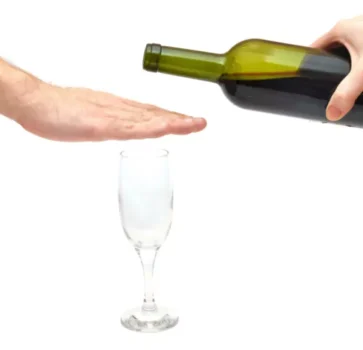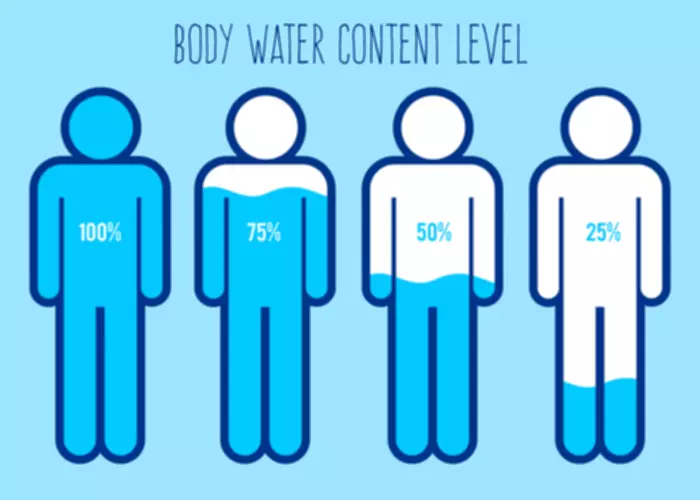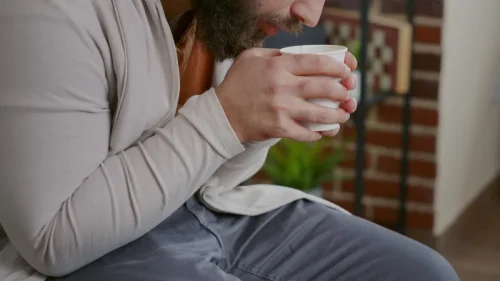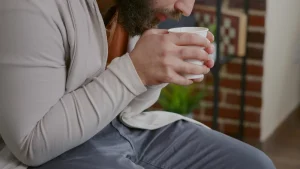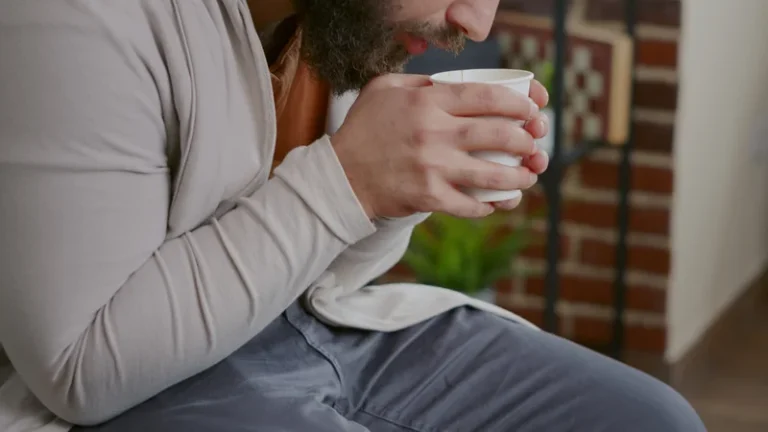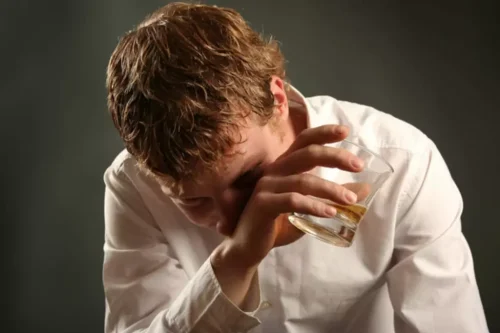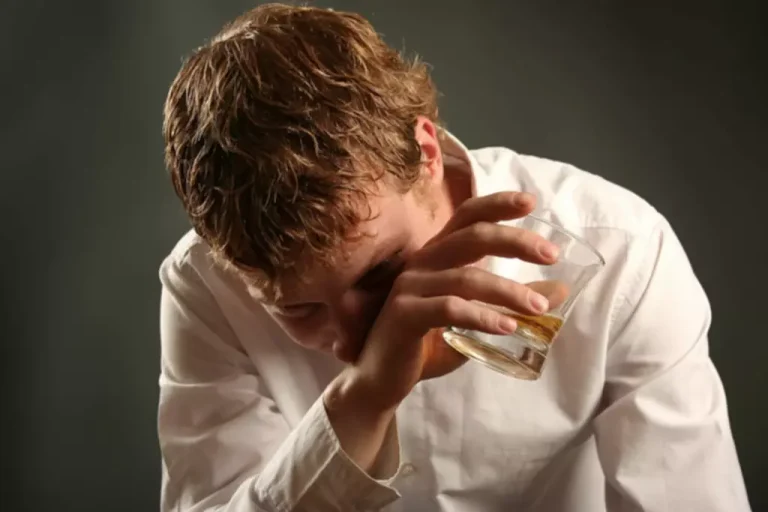Goodbye Letter to Addiction & Example Free PDF Download
Access Carepatron’s free PDF download for tips and guidance. Learn how Quality of Life (QoL) assessments provide valuable insights & benefit patients. Boost self-awareness in a fun way with the Today I Feel Worksheet. Download for free and explore the benefits. Addiction is not just a habit or a phase.
How to Write a Goodbye Letter to Alcohol?
- I have to hand it to you in that you have a very charismatic way about you.
- I realised that the fear would have to go if I ever had a chance of being independent from you.
- When the client finally musters the courage to bid farewell to addiction, they’re reclaiming their power and taking back control of their own life.
- Coordinate care, set short and long-term goals, ensure their objectives are time-bound and keep your patient accountable with this simple-to-use PDF template.
I’ve finally realized that I’m not as special as you said l was. You tried to convince me that I was the only one but the truth is there are many, just like me, whom you have left broken hearted. This is my sobriety letter, a pledge to myself and others that I will remain steadfast in my recovery. You sent me to the hospital more than a few times. And I knew there was nothing I could do about it.
Breaking Down Barriers to Substance Abuse Treatment: How to Overcome the Challenges
I operate from a clear conscious and a full heart nowadays since I left you behind. It’s nice knowing you no longer have a say in my thoughts, my actions or my life, for that matter, and that I’m driving this bus now. I get to decide how I spend my time and with whom I spend it with.
- Addiction is not just a habit or a phase.
- I believe that everyone deserves to be in a relationship that is loving, supportive, and free from the effects of addiction.
- That said, I know I cannot blame you entirely for the way things have gone.
- Tell the client to take some time to reflect on their journey with addiction.
- You might think you have everyone fooled, but I have news for you, Alcohol – WE ARE ON TO YOU!
Saying Goodbye to Addiction
The total amount of water in one’s body also decreases with age. This means that when alcohol is consumed, more of it ends up in the bloodstream, which amplifies its effects on the body. You never disappointed me, you never let me down.
Enhance well-being in your practice with our Gratitude Jar Worksheet. Empower your clients to cultivate positivity and gratitude in their lives. Download our free IADLS Assessment template to evaluate daily living skills for better care and independence planning. Our free Psychological Flexibility Worksheet will help you enhance psychological flexibility, improve resilience in relationships, and find purpose.

Leave A Comment Cancel reply
It is very personal to me, but I believe that it may inspire others and help them use a goodbye letter to alcohol on their own journey of sobriety. With this in mind, who you share your personal goodbye letter to alcohol with is entirely your choice. It may be something that you would find useful, to allow others an insight into your own journey with alcohol, or it may be a tool that you want to keep totally private.
Charles Kelley is Getting Sober with “Tools in Place” – – American Songwriter
Charles Kelley is Getting Sober with “Tools in Place” -.
Posted: Wed, 04 Jan 2023 08:00:00 GMT [source]
- The weapon was later found by someone collecting cans and eventually turned over to police.
- Download a free Emotional Boundaries List template to enhance self-awareness and improve relationships.
- I will always try to do the right thing only to have it thrown back at me.
- Hallie took the gun from Hunter and tossed it into the garbage at a nearby market, afraid of what he might do with it.
A goodbye letter to alcohol in it’s basic form is simply another tool that you can utilise on your path to sobriety. It gives you the opportunity to be very honest with yourself and your relationship with alcohol. I am the only person who is there every step of the way for me, who experiences all I have to live through, who understands what it is to feel like me and be like me. I am the only person who can choose what I do, how I respond and where my life goes.
How long do these programs take?
You’ve been around for quite some time now, and I thought you’d never leave. I hope one day that everyone wakes up to what you really are so that we may all be free of your nonsensical way of life. Try the transformative power of Inner Child Worksheets PDF. Heal past wounds, goodbye to alcohol letter foster self-discovery, and embrace authenticity with our guide and template. Download our free Stages of Relapse Worksheet to effectively track and manage signs of emotional, mental, and physical relapse. Unlock your healing journey with Inner Child Healing Exercises.

